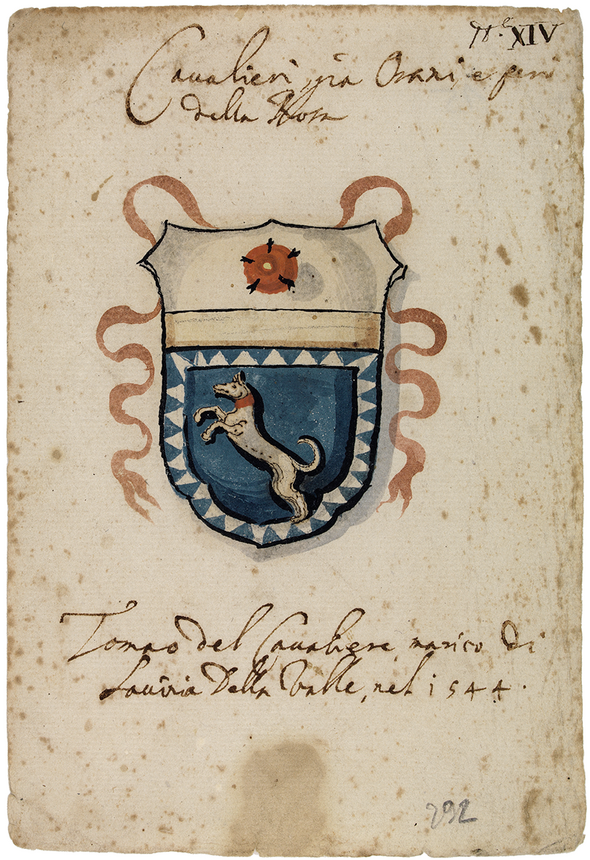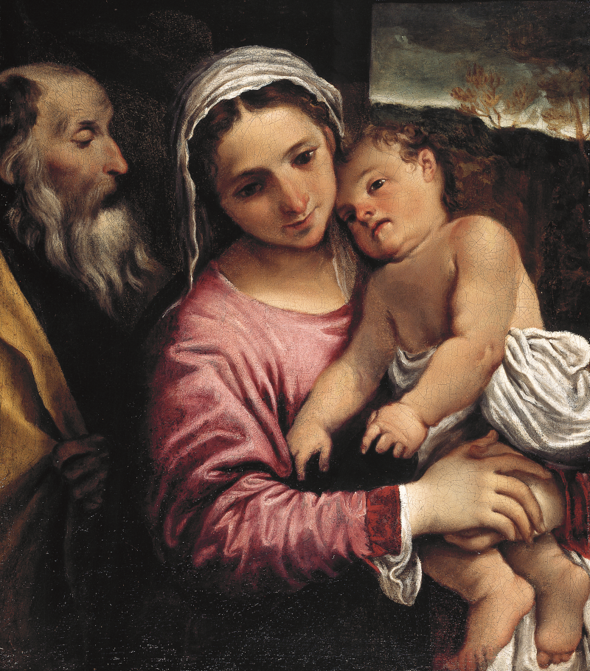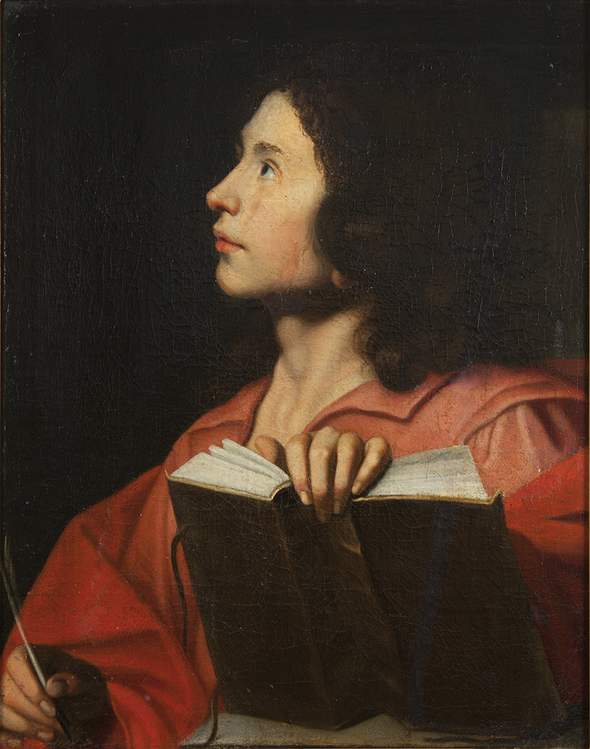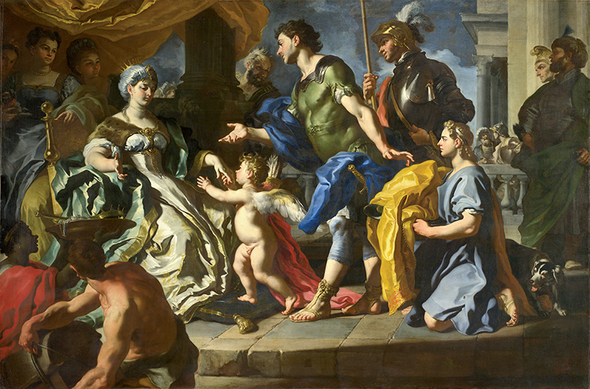Want to continue reading? Get 1 month digital access for only .
Subscribe now
By using this website you agree to our Cookie policy
We can only hope that the judges for the Museum of the Year award, run by the Art Fund, selected the Whitworth (formerly the Whitworth Art Gallery), Manchester, as the winner to endorse its new extension, increased spaciousness and general refurbishment. It cannot surely have been for the redisplay of its collections, the shortcomings of which we identified in a recent Editorial, particularly the considerable contempt shown for the visitor and the celebrated collections themselves, especially its British watercolours. Readers may like to be reminded that these are now hung on three short walls at the end of a large gallery, often five or six deep, with the lowest near the floor, the highest almost beyond sight and their frames nearly touching. In the absence of labels, the visitor is provided with an A4 sheet for each wall with a plan of the hang showing numbered rectangles and minimal accompanying information. ‘Superb examples’, we wrote, ‘by Blake, Girtin, Turner, Cozens et al. are almost throttled to death by such a presentation’.
Bonnard has never settled easily into the history of twentieth-century painting. The tendency among critics has been to place him slightly apart from other recognised artists of his own time, even though for generations of painters – from Matisse to Ellsworth Kelly – he continues to occupy an unassailable position. Bonnard’s early affiliation with the self-styled Nabis group of painters, and with those other artists and writers of the 1880s and early 1890s dedicated to finding a new purpose for art through ‘decoration’, may have contributed to this critical hesitancy. The fact that the Nabi concept of ‘decoration’ was by no means as simple as the word implies (especially in English) presents a problem of understanding which is further compounded by the fate met by so many of their grand designs.1 Murals or paintings designed for domestic interiors have little guarantee of permanence, so it is not surprising that although many of the schemes designed by Bonnard and his friends are extant they are condemned forever to be seen out of context. This presents a choice for the curator of a Bonnard exhibition. Should Bonnard be seen primarily as an easel painter, as fully engaged in the twentieth century as Matisse or Picasso? In which case these decorations, dislodged from their original period settings, tend to muddle the story. Or should the artist be seen as a painter who began, and to some extent remained, a painter immersed in the Nabi pursuit of the ‘decorative’?
JUSTUS MÜLLER HOFSTEDE, who died aged eighty-five on 27th April 2015, was a distinguished scholar of seventeenth-century Flemish painting, particularly the art of Peter Paul Rubens. He was born in Berlin on 9th May 1929, the son of Cornelius Müller Hofstede (1898–1974), who had a long career in museums which culminated in his appointment as Director of the Gemäldegalerie in Berlin, a position he held from 1957 until 1964. Justus was related on his father’s side to Cornelis Hofstede de Groot, the great scholar of Dutch art. He was trained at the universities of Heidelberg, Göttingen and Freiburg and completed his dissertation on Rubens’s teacher Otto van Veen at Freiburg in 1959 under the supervision of Kurt Bauch. From 1959 until 1967 he had a stipend from the Deutsche Forschungsgemeinschaft and was based at the Zentralinstitut für Kunstgeschichte in Munich (with frequent trips to Italy). In the latter year he finished his Habilitation under Herbert von Einem at the Rheinische Friedrich-Wilhelms-Universität in Bonn on the subject of Rubens in Italy 1600–1608. Shortly afterwards he joined the staff of the Institute of Art History at the University of Bonn and remained there for his entire career.





